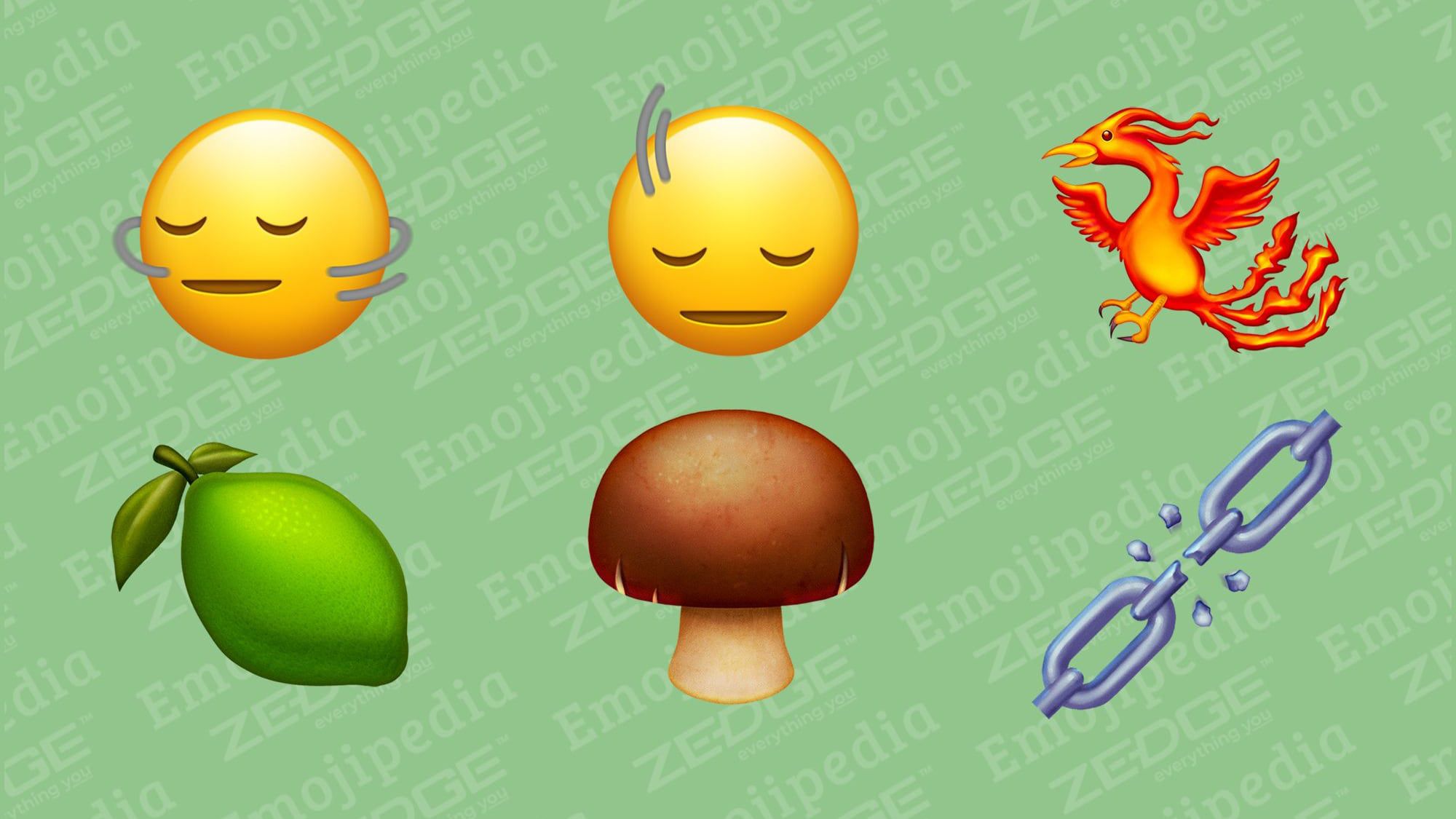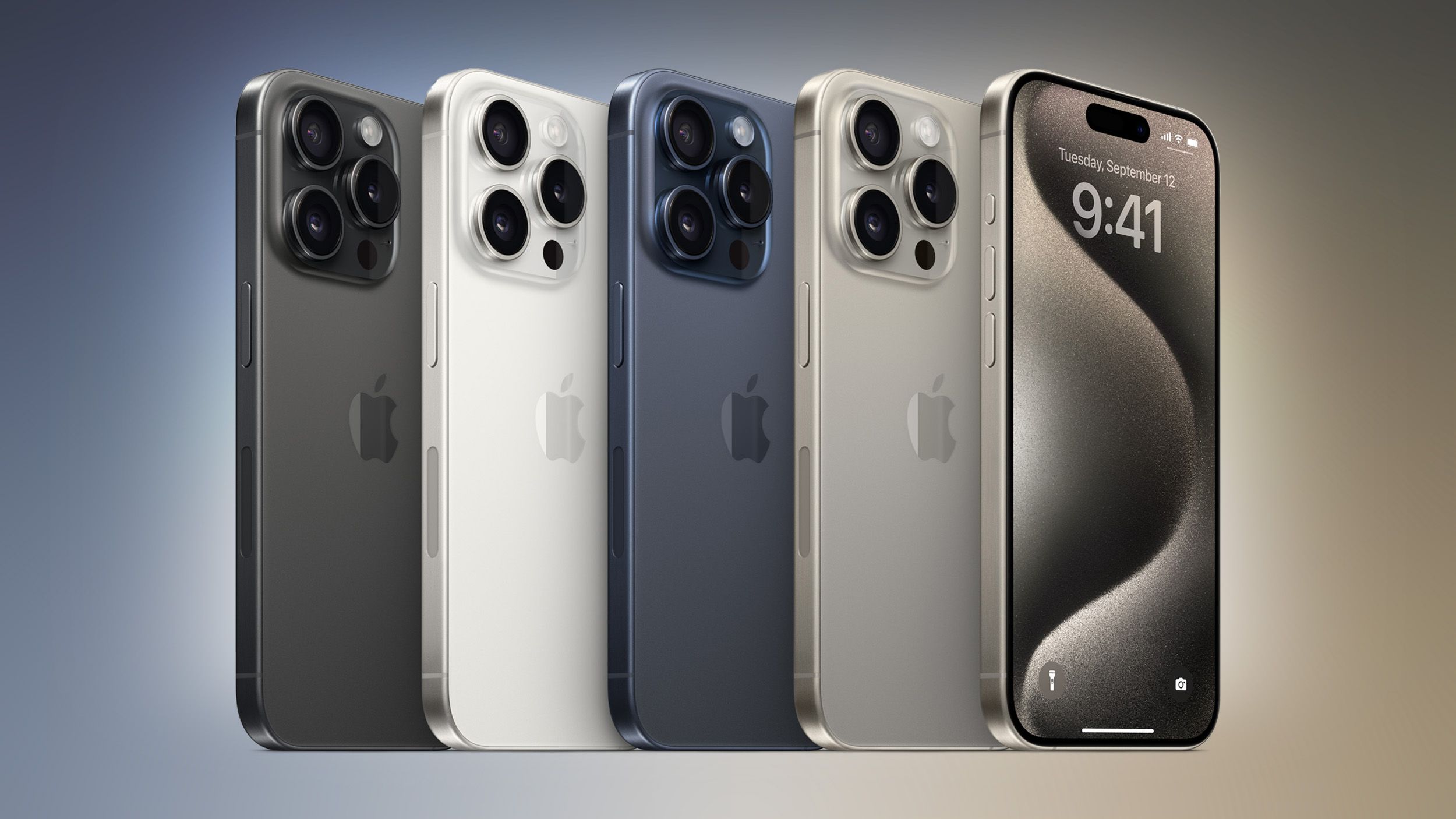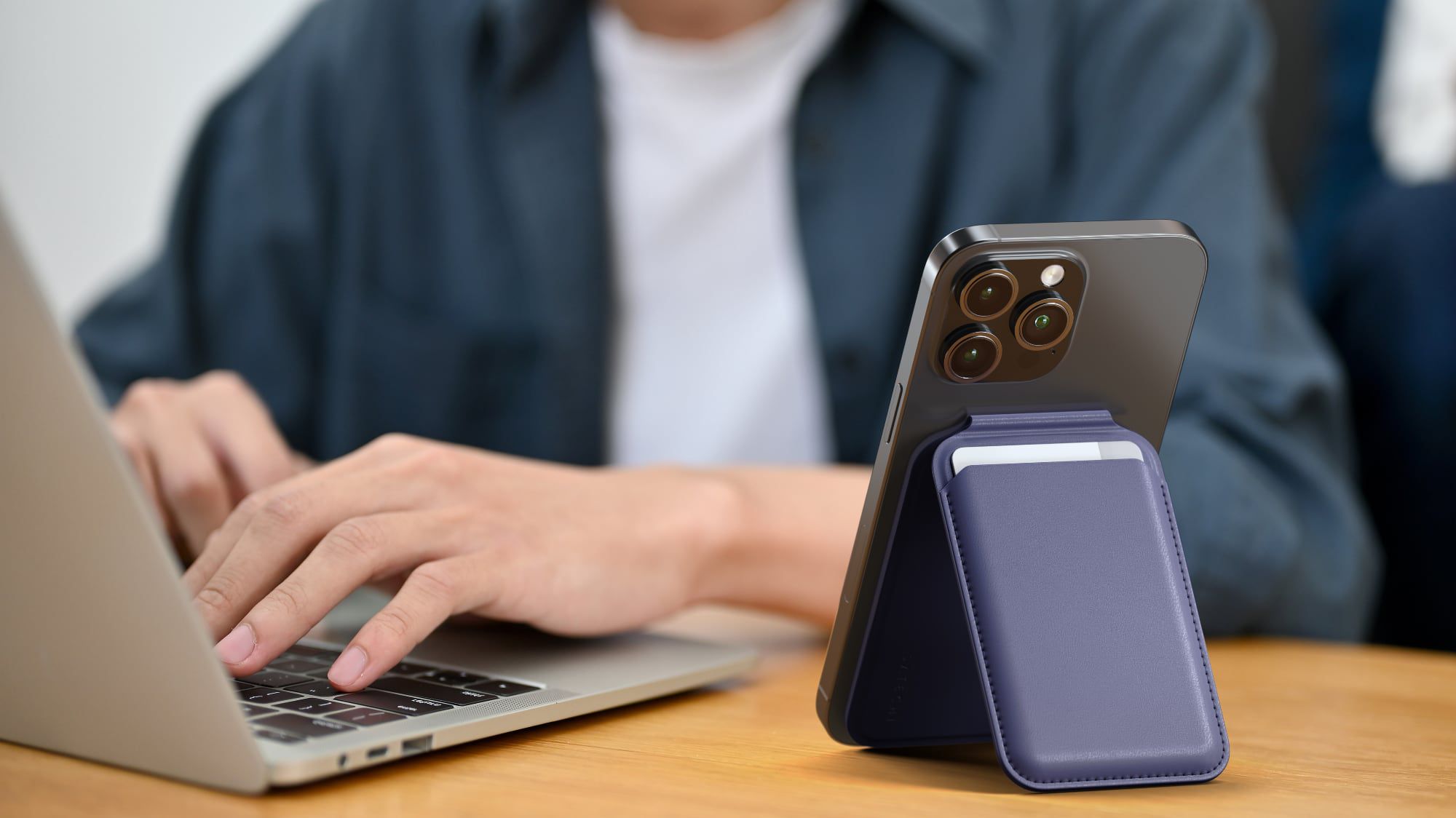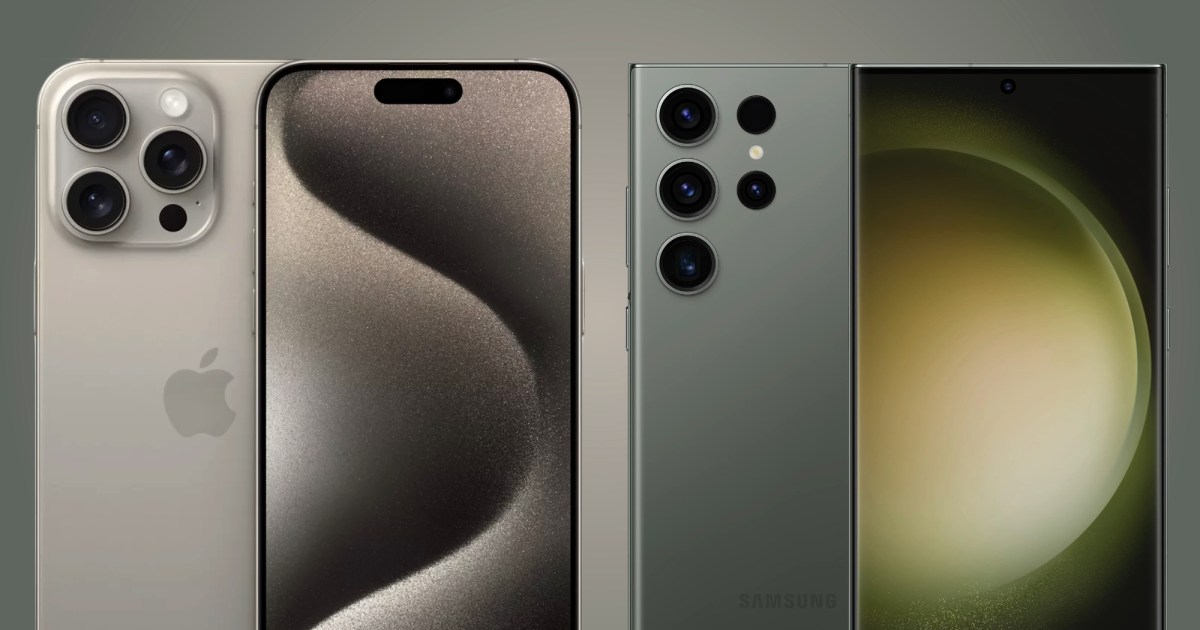Apple’s 2024 Vision Pro accessories are already gaining popularity.
Apple's 2024 Vision Pro accessories are already gaining popularity.
Apple’s Vision Pro: What Does It Mean for Future Compatibility?
Apple’s Vision Pro headset, set to be released next year, is one of the company’s most highly anticipated new products. Priced at $3,500, this self-contained mixed reality “spatial computer” aims to redefine the boundaries of computing. However, this innovative headset is already accumulating a family of compatible Apple products. So, what does this mean for those considering the Vision Pro next year?
At Apple’s recent iPhone launch event, two products were unveiled that promised compatibility with the Vision Pro. The iPhone 15 Pro will have the capability to capture spatial videos with its rear cameras, allowing users to view 3D videos on the Vision Pro headset. Additionally, Apple’s latest AirPods Pro 2 model, while visually similar to last year’s, is the only Apple headset that can stream lossless spatial audio and work seamlessly with the Vision Pro.
The fact that the Vision Pro requires a new set of AirPods for high-end audio is unexpected. This leaves existing AirPods owners in a bit of a bind. It serves as a reminder that anyone considering the Vision Pro should wait before purchasing any other Apple products, except for the new AirPods Pro 2 and iPhone 15 Pro, until more information about compatibility is revealed.
“What devices work best with Vision Pro? It’s still TBD”
Now, the big question arises: which devices are best suited to work with the Vision Pro? Interestingly, the Vision Pro directly connects with Macs, not iPhones or iPads. The mode of connection and the compatibility of various keyboards and mice with the Vision Pro are still unknown. Will Apple rely on standard Bluetooth or introduce something new? These details are yet to be announced.
- Clear Cache After iOS 17 Upgrade
- iPhone and iOS 17 allow precise typing
- Montana’s attempt to ban TikTok is supported by a group repre...
Some products, however, seem to have clearer compatibility with the Vision Pro. The iPhone 15 Pro is the phone of choice for those curious about Apple’s mixed reality offerings. Not only can it capture spatial video, but it also features a rear lidar depth sensor, similar to what the Vision Pro headset possesses. Lidar technology already enhances the iPhone’s AR capabilities, making it a natural fit for the Vision Pro.
“Other product category unknowns: the Apple Watch and iPad”
The Apple Watch, with its new double-tap gesture introduced in the Series 9, might potentially serve as a future accessory to the Vision Pro. The gesture feels reminiscent of hand-tracking-based interactions, which aligns well with the Vision Pro’s spatial computing platform. However, Apple has not disclosed any Watch-to-Vision Pro plans yet. Will Apple wait for the 10th-anniversary “Watch X” to establish this connection? It remains speculative for now.
Similarly, the iPad, another device that Apple has not updated in 2023, holds promise for compatibility with the Vision Pro. The forthcoming Pro models, rumored for an early release next year, are expected to bring substantial improvements, including OLED displays. Although iPads already support trackpad and keyboard peripherals, Apple has not demonstrated any ways in which iPads and the Vision Pro might work together. Could compatibility be introduced with a new Pro model next year? Only time will tell.
“Maybe wait on the Mac too?”
While it is clear that the Vision Pro works seamlessly with Macs, there is still uncertainty surrounding this pairing. As no detailed demos or information about the relationship between the Vision Pro and Macs have been provided, it is possible that the upcoming M3-equipped Macs may have additional features specifically tailored for the Vision Pro. Consequently, waiting for the next-gen Macs might be a prudent choice to avoid missing out on any potential enhancements.
As 2023 draws to a close, the future of Apple’s product ecosystem seems less clear than ever before. For enthusiasts of AR and VR, including myself, concerns arise about how well existing products will work with the Vision Pro. Although Apple promotes the Vision Pro as a standalone device, I am confident that the entire Apple product lineup will eventually interconnect with this groundbreaking headset. The question is when. Until specific compatibility details, such as the AirPods Pro 2 with USB-C and the iPhone 15 Pro, are announced, it is wise to adopt a “wait and see” approach.






